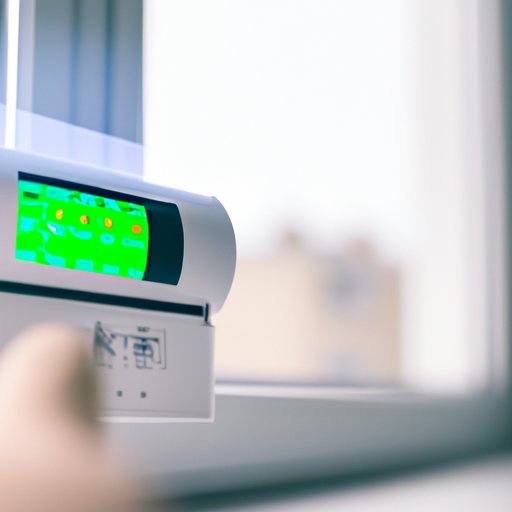Introduction
Window blinds are an essential part of any home, providing privacy, blocking out sunlight, and controlling the temperature inside the house. While manual window blinds are still widely used, automating them is becoming increasingly popular as it can provide additional convenience and comfort. In this article, we explore the different ways you can automate your window blinds.
Leverage Smart Home Technology
Smart home technology is one of the most effective ways to automate window blinds. With voice commands, you can easily open and close your window blinds with just a few words. Smart speakers such as Alexa, Google Home, and Apple HomePod allow you to control your window blinds with simple voice commands, making it easier and more convenient to operate them.
In addition to voice commands, you can also use remote control systems to automate window blinds. Remote control systems allow you to adjust the settings of your window blinds from anywhere in your home. This makes it easier to adjust the amount of light or privacy in any room without having to manually open or close the blinds.
Utilize Motorized Blinds
Motorized blinds are another great way to automate your window blinds. Motorized blinds are powered by an electric motor, which allows you to open and close them with the push of a button. They offer the added benefit of being able to set the exact position of your window blinds, allowing you to customize the light and privacy levels in each room.
Installing motorized blinds is relatively straightforward. All you need to do is attach the motor to the headrail of the blinds and plug it into an electrical outlet. Once the motor is installed, you can then use a remote control or voice command to open and close the blinds.
Introduce Automated Timers
Automated timers are another great way to automate your window blinds. With an automated timer, you can set up your window blinds to open and close automatically at specific times throughout the day. This can be especially useful if you’re away from home for extended periods of time, as it will help to keep your home secure by making it appear as though someone is home.
Setting up an automated timer is fairly simple. All you need to do is select the times you want your window blinds to open and close, and then program the timer accordingly. Once the timer is set, your window blinds will open and close at the specified times each day.
Create a DIY Project
If you’re feeling ambitious, you can even create your own DIY project to automate your window blinds. This requires some basic knowledge of electronics and programming, but it’s not too difficult to do. You can find plenty of tutorials online that will walk you through the process step-by-step.
When creating a DIY project to automate your window blinds, there are a few things to keep in mind. First, make sure you have all the necessary components and tools. Second, make sure you have a clear understanding of the wiring diagram. Finally, make sure you test the system before you install it to ensure it works properly.
Showcase Ready-Made Solutions
Finally, if you don’t want to go through the hassle of creating your own DIY project, there are plenty of ready-made solutions available. These include connected devices such as smart plugs and switches, as well as standalone controllers that can be programmed to open and close your window blinds at specific times.
Connected devices are easy to set up and use. All you need to do is plug them into an outlet and connect them to your home network. Once they’re connected, you can use voice commands or a remote control to open and close your window blinds.
Standalone controllers are a bit more complicated to set up, but they offer more flexibility and customization options. With a standalone controller, you can program it to open and close your window blinds at specific times throughout the day, giving you complete control over when the blinds are open and closed.
Conclusion
In this article, we explored the different ways you can automate your window blinds. We discussed leveraging smart home technology, utilizing motorized blinds, introducing automated timers, creating a DIY project, and showcasing ready-made solutions. By following these steps, you can easily and conveniently automate your window blinds.
If you’d like to learn more about automating your window blinds, we recommend researching the various products and services available. Additionally, you may want to consider consulting a professional to make sure you get the best results.
(Note: Is this article not meeting your expectations? Do you have knowledge or insights to share? Unlock new opportunities and expand your reach by joining our authors team. Click Registration to join us and share your expertise with our readers.)
